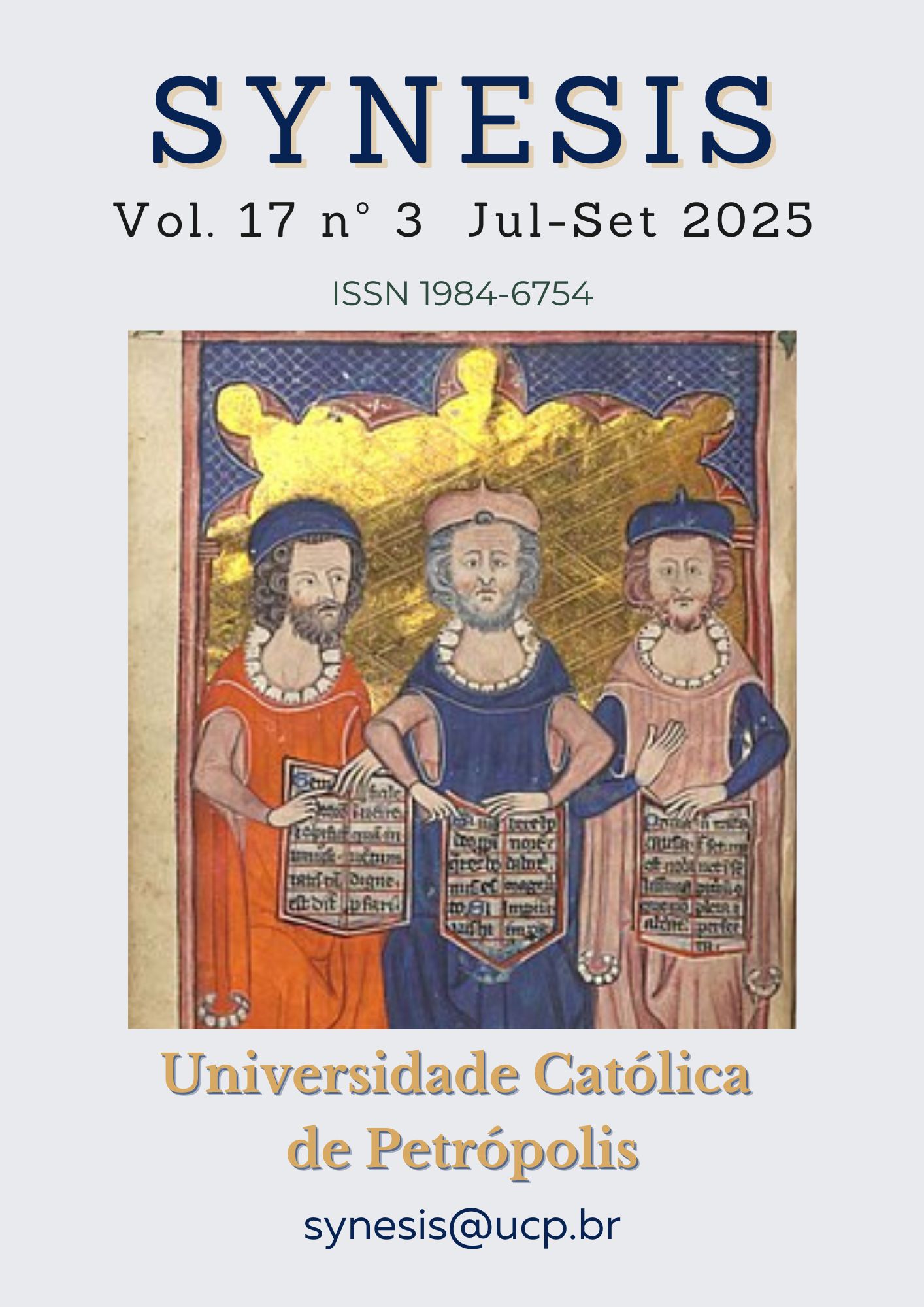Resumo
Este estudo analisa a estrutura lógica dos paradoxos e seu impacto no pensamento filosófico. Os paradoxos são definidos como enunciados derivados de premissas aparentemente válidas que podem levar a conclusões contraditórias por meio da inferência lógica. Eles ocupam um lugar significativo na investigação filosófica e científica, levando os indivíduos a questionar a lógica, a causalidade e os limites do conhecimento. Este estudo classifica os paradoxos em seis categorias: lógicos, semânticos, físicos, matemáticos, estatísticos e filosóficos, examinando sua natureza, tipos e possíveis resoluções. As abordagens para a resolução de paradoxos são apresentadas por meio de análises linguísticas, lógicas e conceituais. Este estudo demonstra que os paradoxos desafiam os limites intelectuais, fomentam o pensamento crítico, provocam o questionamento de pressupostos e aprimoram as habilidades de raciocínio lógico. Devido à sua abordagem analítica, estrutura multifacetada e inclusão de interpretações atuais, este estudo oferece uma contribuição original para a literatura sobre paradoxos, tanto do ponto de vista teórico quanto metodológico.
Referências
Anellis, I. H. (2008). The first Russell paradox. In Perspectives on the history of mathematical logic(pp. 33–46). Birkhäuser. https://doi.org/10.1007/978-0-8176-4769-8_3
Barwise, J.,&Etchemendy, J. (1987). The Liar: An Essay on Truth and Circularity. Oxford University Press.
Copi, I. M.,Cohen, C., &McMahon, K. (2014). Introductiontologic(14th ed.). PearsonEducation. Dennett, D. C. (2003). Freedome volves. Viking Press.
Dong, J. (2014). Simpson’s paradox. In Encyclopedia of biostatistics(pp. 1–3). Wiley. https://doi.org/10.1002/9781118445112.stat05284
Dowden, B. (2020). Zeno’s Paradoxes. In The Stanford Encyclopedia of Philosophy (E. N. Zalta, Ed.). Retrieved from https://plato.stanford.edu/entries/paradox-zeno/
Fine, K. (2003). Semantic relationism. Blackwell Publishing.
Fitting, M. (2017). Russell’s paradox, Gödel’s theorem. In Raymond Smullyan on self-reference(pp. 47–66). Springer. https://doi.org/10.1007/978-3-319-68732-2_4
Greenough, P. M. (2001). Free assumption sand the liar paradox. American Philosophical Quarterly, 38(2), 115–135. https://research-portal.st-andrews.ac.uk/en/publications/free-assumptions-and-the-liar-paradox
Quine, W. V. (1966). The Ways of Paradox and Other Essays. Harvard University Press.
Huggett, N. (2010). Every where and every when: Adventures in physicsandphilosophy. Oxford University Press.
Hyde, D. (2012). Are the sorite sandliar paradox of a kind? In Paraconsistency: Logic and applications(pp. 349–366). Springer. https://doi.org/10.1007/978-94-007-4438-7_19
Kadığ, C. (2019). Menon paradoksu: Aristoteles ve Farabi’nin çözümü. Pamukkale Üniversitesi Sosyal Bilimler Enstitüsü Tez Koleksiyonu. https://hdl.handle.net/11499/25992
Kane, R. (2002). Freewill: A very short introduction. Oxford University Press.
Keefe, R. (2000). Theories of Vagueness. Cambridge University Press.
Matthews, J. (2013). Ungrounded self-reference: The solution to the liar paradox? Ephemeris: The Undergraduate Journal of Philosophy, 13(1), Article 4. https://digitalworks.union.edu/ephemeris/vol13/iss1/4
Moore, A. W. (2001). Theinfinite (2nd ed.). Routledge.
Mermin, N. D. (2005). It’sabout time: UnderstandingEinstein’srelativity. Princeton University Press
Nahin, P. J. (1999). Time Machines: Time Travel in Physics, Metaphysics, and Science Fiction. Springer.
Özkan, A. (2018). Platon ve Aristoteles’te Menon Paradoksu ve el-Fârâbî’nin bu meselede iki filozofu uzlaştırma çabası. Uludağ Üniversitesi Sosyal Bilimler Enstitüsü Tez Koleksiyonu. https://acikerisim.uludag.edu.tr/items/234f6e63-8f38-4e9f-a376-250f89d4c92e
Pereboom, D. (2001). Living without freewill. Cambridge University Press.
Perkowitz, S. (2024). Twin paradox. In Encyclopaedia Britannica. https://www.britannica.com/science/twin-paradox
Piantanida, C. L. (2004). The Liar Paradox and the limits of self-reference. Philosophical Studies, 120(1), 45-72.
Priest, G. (2002). Logic: A very short introduction. Oxford UniversityPress.
Priest, G. (2002a). Paradoxes. Oxford University Press.
Priest, G. (2002b). Beyond the Limits of Thought. Oxford University Press.
Priest, G. (2006). In Contradiction: A Study of the Transconsistent. Oxford University Press.
Russell, B. (1903). The Principles of Mathematics. Cambridge University Press.
Salmon, W. C. (2001). Zeno’s Paradoxes. Hackett Publishing.
Sainsbury, M. (2009). Paradoxes. Cambridge University Press.
Sexl, R. U.,&Urbantke, H. K. (2001). Relativity, groups, particles: Special relativity and relativistic symmetry in field and particlephysics (2nd ed.). Springer.
Scott, D. (2006). Plato’s Meno. Cambridge University Press.
Simpson, E. H. (1951). The interpretation of interaction in contingency tables. Journal of the Royal Statistical Society. Series B (Methodological), 13(2), 238-241.
Sorensen, R. A. (2003). A briefhistory of theparadox: Philosophy and the labyrinth of themind. Oxford University Press.
Varndell, D. (2014). The grandfather paradox. In Hollywood remakes, Deleuze and the grandfather paradox(pp. 148–175). Palgrave Macmillan. https://doi.org/10.1057/9781137408600_7
Väyrynen, P. (2018). The philosophy of paradox. Oxford University Press.

Este trabalho está licenciado sob uma licença Creative Commons Attribution-NonCommercial-NoDerivatives 4.0 International License.
Copyright (c) 2025 Synesis (ISSN 1984-6754)

